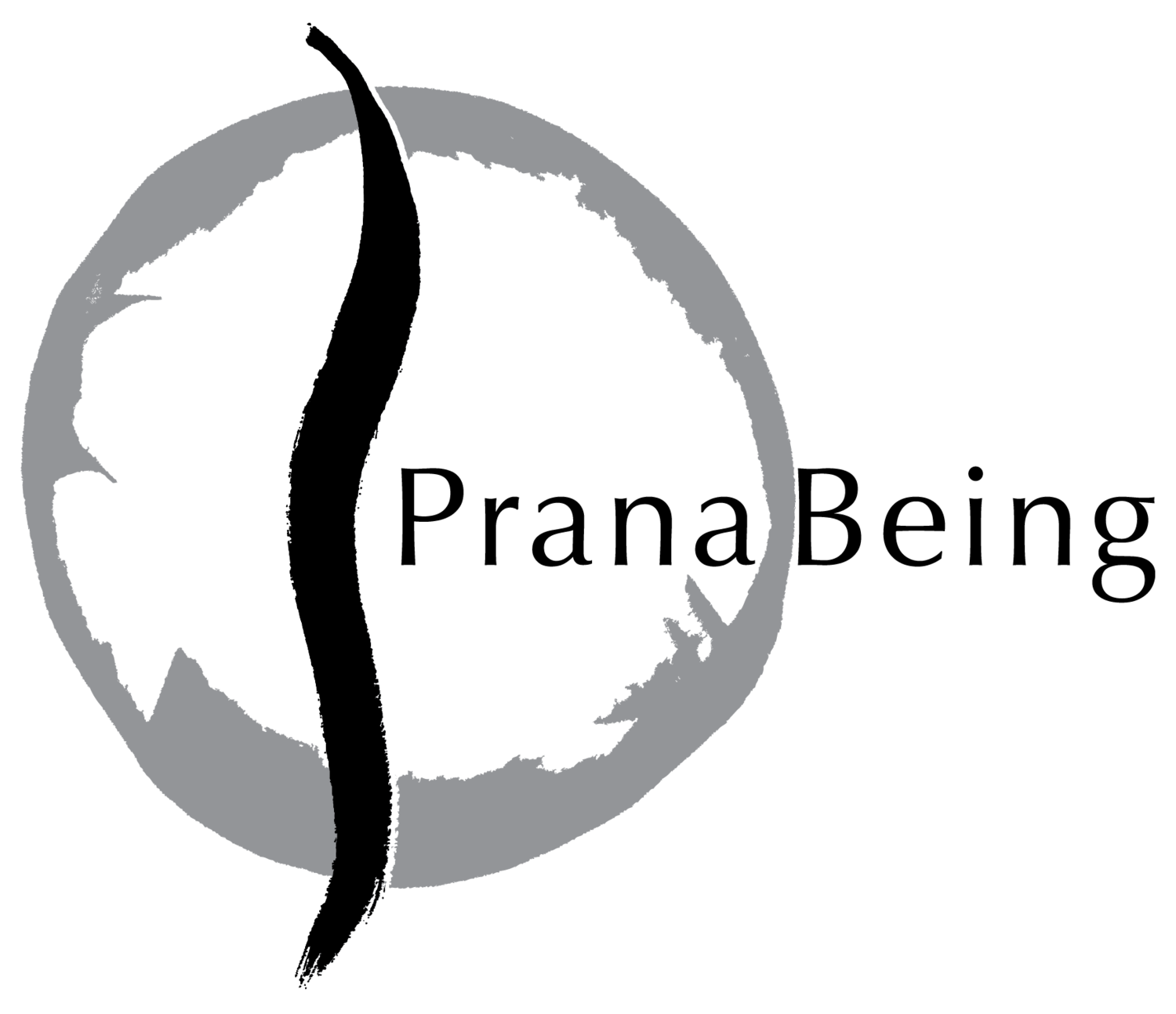
Exploring the workings of health, harmony, integration, and liberation.
Where the Trouble Starts
Ayurveda describes life as a flow of energy and information through form.
When the flow stops, life stops. This flow is characterized by change. Life is constantly transforming from one form into another, breaking down from complex into simpler substances and growing from basic elements into more intricate expressions.
To be alive is to be growing, changing, and dying.
Creation, sustenance, and transformation/destruction are happening simultaneously, everywhere, all the time. In yogic terms, life is the dance of Shiva and Shakti, Consciousness (information) and Energy/Matter (Energy is matter; check with Einstein: E=mc2).
In Ayurveda, the principle of transformation within the bodies of all living things, including Earth herself, is known as agni. Agni is fire, light, and heat. It is the capacity to break down and release energy, and it is the energy itself in the form of radiance. Agni is cause of photosynthesis in plants and metabolism in animals and humans.
In our body, agni governs the processes of digestion. A major part of digestion is breaking down inputs into building blocks that can be used by the cells to generate new tissues. Agni works intimately with our life force energy, prana, to separate nutrients from toxins and wastes, assimilate and absorb nutrients into tissues, and expel/eliminate waste. Agni performs this same function at the mental and emotional levels. When agni is healthy, we are able to take in and digest information, think and perceive clearly, and make decisions. We feel light, energetic, and hungry to experience life in a good way.
You can see how agni is essential to life and to health. In fact, disease cannot develop on any level, physical or mental, without an imbalance, disturbance, or dysfunction in agni.
When digestion, metabolism, and elimination are working perfectly we are all systems go. Our immune system is resilient and fully functional, we are in symbiosis with our environment, we are producing healthy body tissues, and we are able to eliminate wastes and toxins from our system. Weakness develops when some aspect of this flow is disrupted.
This means that our digestive processes are THE key to health. Period.
There is not a single disease which does not include some type of disturbance to digestion or metabolism. Disease begins as a subtle imbalance, develops into niggling concerns, and if left unaddressed, eventually progresses until it alters body tissues and real symptoms start to manifest.
Western medicine rarely recognizes the connection between a change in our digestive capacity and the development of a problem until we are in the latest stages of disease. By contrast, Ayurveda is about disease prevention. It teaches us about the workings of our bodies and minds in detail and teaches us how to observe, assess, and correct, and optimize as necessary.
If you are only going to learn one thing from Ayurveda, learn how to assess and tend to your agni.
Some of the core work we do together with Ayurvedic Health Counseling is centered on this.
Want to learn more? Keep reading! And schedule an Ayurvedic Health Consultation with me.
Something You Do Every Day
Here is a practical, simple, and powerful experiment to support your health.
Notice how you eat. That’s right. I said “how.”
Become aware of whether you are wolfing, nibbling or shoveling.
Do you take time to see, smell, and taste your food? Do you ever give thanks for or bless your food?
Are you reading/listening/watching/getting up intermittently to do chores while you are eating?
Are you eating while driving or commuting?
Do you eat when you are hungry (or when you’re not really hungry)?
Do you wait until long after you have been hungry to finally eat?
Where are you eating? What kind of environment is it (loud or quiet, chaotic or serene)?
Are you having difficult or disturbing conversations or laughing a lot while you eat?
Are you eating to reward yourself? Or to punish yourself?
What is your emotional state and what are the thoughts in your mind?
What do you do right after you eat?
Become a curious observer and notice the qualities of your eating environment, temperament, methodology. Set aside for a moment the fixation on what you are eating and for the next week just focus on how you are eating.
The key here is acutely attentive self-observation without judgment. Be scientific, unbiased. Simply observe and see if you can discover habits and behaviors that you may not have been totally conscious of before. This is self-empowerment. If you jump right into making yourself wrong, you will never feel safe enough to become conscious of what you are doing.
Take five minutes over the course of the next week to jot down or voice record your observations. Self-study is made much more powerful by getting the insights out of your head where you can see or hear them.
What are the predominant qualities you notice in regards to how you eat?
Do you notice these same qualities in other things you do besides eating?
How are these qualities influencing the way you feel throughout the day?
These qualities are important clues that will help you to modulate your health. Leave a comment and share what you discover.
Dance Break!!!
We are prana-beings; vibrational manifestations of consciousness. Yep, it’s true. If you are skeptical, read up on some physics and cutting edge science, or just pay close attention to your bodily experience in this moment.
Within the vibrational matrix of existence, our body-mind system orients itself through rhythm, specifically infradian, circadian, and ultradian cycles.
Circadian is the master cycle we know as the 24-hour cycle of darkness and light that affects every living thing on Earth.
Infradian cycles are longer than one day (e.g. the female moon cycle).
Ultradian cycles are shorter than the circadian rhythm, varying from a few minutes up to 120 minutes.
These rhythms govern many aspects of our physiology, including metabolism and hormones, as well as alertness, and even physical strength. By learning about these rhythms and how harness their power, we can optimize health and productivity.
All this to say that you should take a dance break. Really.
After about 25-90 minutes of focused mental activity, it’s highly beneficial to take 5 - 30 minutes and let your mind flow and your body move and breathe.
You can go deep into creating routines around these rhythms. I recommend this, since rhythm is a key to health. And, keeping things simple is also key to health. For that, all we need is awareness.
Experiment:
Notice when your energy or attention start to flag after some time of focused work. Tune into that signal from your body. Instead of suppressing or ignoring it, take a few moments to give yourself a break. If you have been physically working hard, sit down or lie down for a few moments. Take a breather. If you have been doing mental work, get up and move around. Stretch. Drink some warm water. Take a breather. (Notice that taking a breather is always recommended).
Cleanse your mental-emotional-physical palate between activities. (In Ayurveda, this is called observing the sandhi. Sandhi means “joint.” The transition between activities is the joint. We honor that by taking a moment to rest, breathe, dance / shake the body out / run around the block / shift your mental and physical state before diving into the next task.
Notice how refreshed you are and how much more energy and attention are available to you as you re-engage with your day.
And, if anyone asks about your spontaneous dance break, you can tell them you are following the recommendation of your yoga therapist and Ayurvedic Health Counselor. You’re welcome.
The Great River
The goal of Ayurveda is to support human beings in living a healthy, peaceful, harmonious, and long life. Ayurveda mentions the normal human life span at more than 100 years. Longevity is as much about quality as length of life.
The image used to help us understand longevity is that of a river.
The river begins high in the mountains, fed by snows and springs. As it descends, it gathers water and gains speed…trickling, gurgling, rushing… eventually roaring. Where the banks are narrow and the bed is shallow, the water forms a torrent, tumbling toward its inexorable destiny, at last discharging into an even larger river.
These Great Mothers, the lifelines of the Earth, guide all the smaller rivers to their ultimate merger in the sea. Roiling whitewater is thrilling to behold. Yet the silent power of a Great River is awe-inspiring. The banks are wide; the bed carved deep. An unfathomable amount of water is moving in that channel, sliding almost soundlessly. I experienced this on the banks of the Columbia. Camping near Castledale, British Columbia, I was enthralled by her palpable presence: the embodiment of gravity in motion, a stunning magnitude of energy. I’ve experienced several other powerful rivers, but the sheer volume and depth of the Columbia at this place was mesmerizing. I’ve never seen so much water, moving so quickly and silently.
Ayurveda teaches that longevity is like this Great River.
At the beginning, the river’s inputs are greater than the output. As it grows into a dynamic stream, smashing against narrow banks, its output is greater than input. When the river becomes a Great River, its capacity to receive is balanced by the energy it flows out, and this balance creates exponentially more power and strength.
True, lasting health and longevity have to do with balancing our inputs and outputs and expanding our capacity to allow life to flow through us.
As a highly trained over-achiever, I’ve found this concept to be challenging to consider. Yet I have lived long enough now to see the tendency toward a raging torrent in myself, and to understand the consequences of time spent where outputs > inputs.
My opinion is that we stand to benefit tremendously by considering a paradigm that empowers us to become conscious of the quality and balance of both inputs and outputs. I’d love to see this replace the obsolete norm our world is suffering from, where inputs are largely ignored, outputs are denied and justified, disease is expected—written off as “normal aging”—and we continue to look outside ourselves for a solution.
Let’s come back to the deeper wisdom throbbing in our blood and all the sacred waters of our body: the song of the Great River and her dance of dynamic balance.
Inputs
Ayurveda asserts that one of the three pillars of health is aahara, inputs. This is commonly translated as “food.” But inputs actually comprise much more than what we put in our mouths. Inputs include food, water, breath, and perceptions.
Consider that everything we take in physically, through sensory experience as well as through the mind, is an input to our system. Every input is subject to the process of digestion.
These two factors—the inputs, and the capacity to digest—determine the outputs.
Outputs include body tissues, thoughts, emotions, and actions.
When you want to make any change in your health, relationships, or your capacity to perform action, look to your inputs.
What are you taking in as food, water, breath and perceptions? How is it supporting or undermining you?
If you want to learn more about how to optimize your inputs toward actualizing your desired outputs, consider inquiring about an Ayurvedic Health Consultation.
Leave a comment below: what inputs are supporting you? Which ones are undermining you? Can you see how your inputs are connected to the quality of your body tissues, mental and emotional default, and your capacity to perform action?
